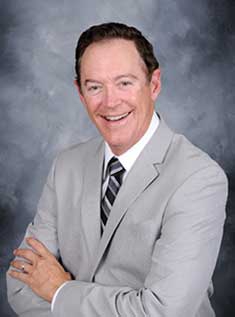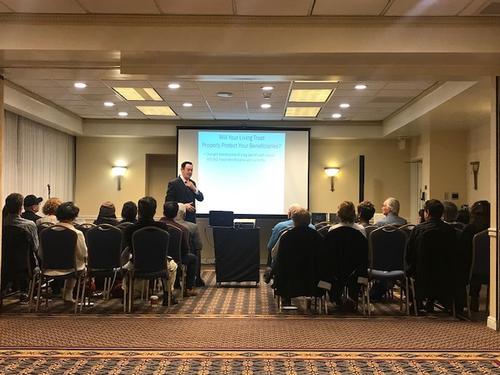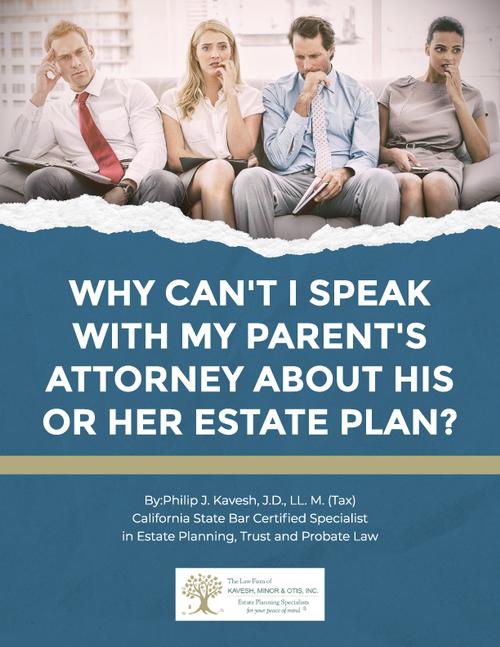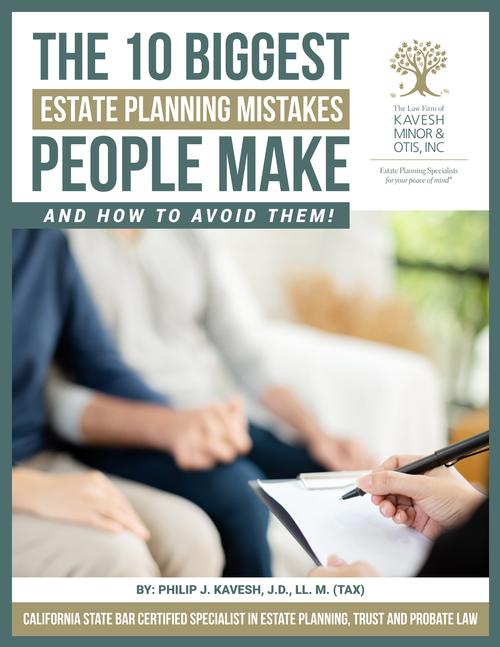Four Common Misconceptions about Donor-Advised Funds (DAFs)
1. Donor-Advised Funds are only for the Rich
2. Donor-Advised Funds must all be given away in the same year of contribution
3. Donor-Advised Funds leave me with less control and are less flexible than a foundation
4. Donor-Advised Funds cannot grow in value
#1. In our practice, we see many clients who thought DAFs were only for people with millions in the bank and they were not eligible to set up DAFs. They are amazed that they too can set one up very quickly and operates as their own “foundation” of the sort with minimal cost.
#2. A DAF contribution can be given away in a time period of the client’s choosing. It could be a set amount each year and carry forward to future years.
#3. DAFs leave the donor with lots of control. The donor can change or add more charitable groups, as long as they are 501(c)(3) charitable organizations.
#4. When a donor funds a DAF, they can choose to select a type of investment model for their contribution based on their risk tolerance. For example, a donor can select a balanced 50% equity and 50% bond portfolio, thus increasing the likelihood of the investment to grow over time.
Summary
It is imperative one meets with a qualified and reputable financial and or tax advisor. Everyone’s situation will be different and one wants to make sure they are getting the best advice to their current situation. The above examples were simplified for illustrative purposes only. Each state may impose their own limitations on how much one can deduct in any particular year against the taxpayers Adjusted Gross Income (AGI). Additionally, the federal government has self-imposed limits on the percentage deductible against AGI above certain levels.
For a free Pence advisor consultation, call 800.731.3623. Or attend a Special Seminar.
Content in the material is for general information only and not intended to provide specific advice or recommendations for any individual. All investing involves risk including loss of principal. Pence Wealth Management offers securities thru LPL Financial, Member FINRA/SIPC. Pence Wealth Management & LPL Financial do not provide tax advice or services.













